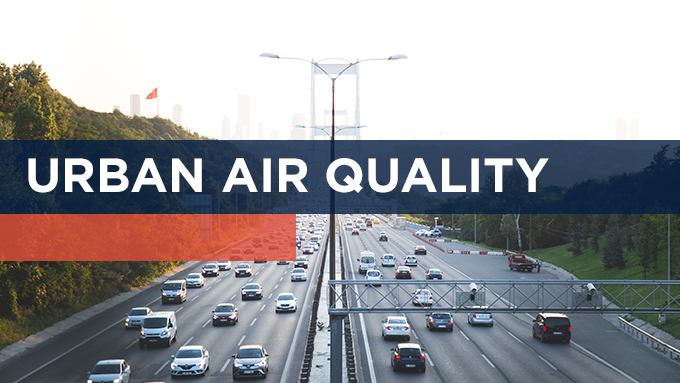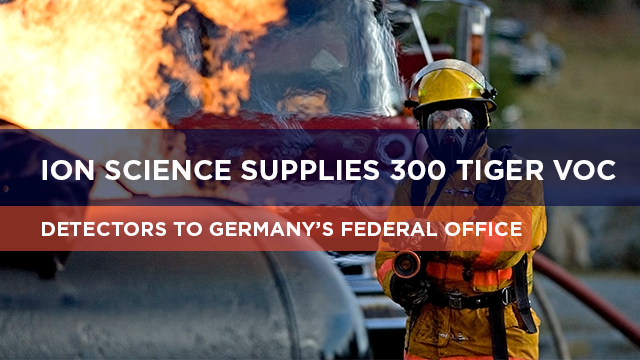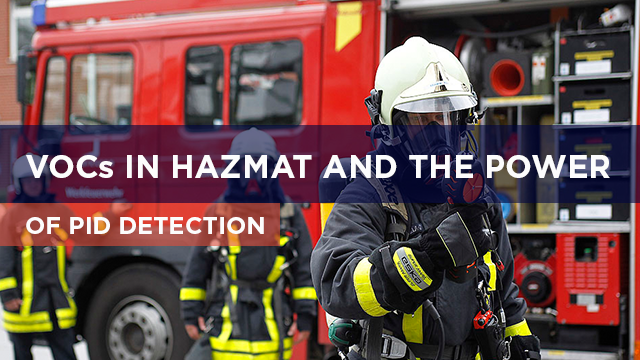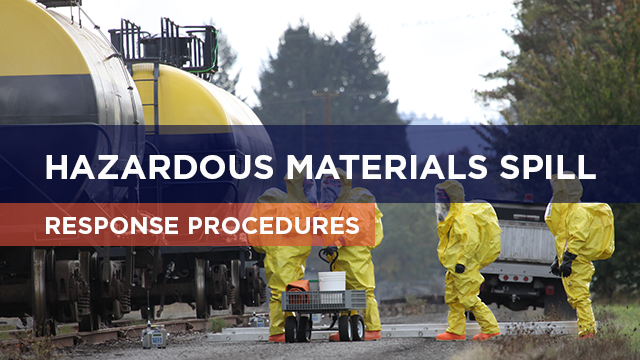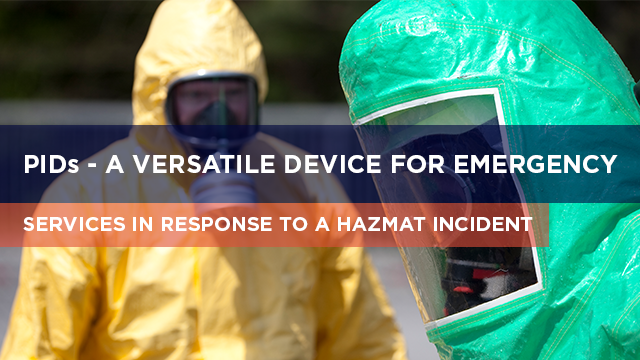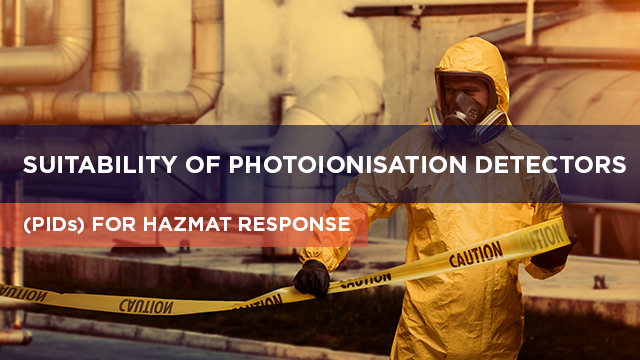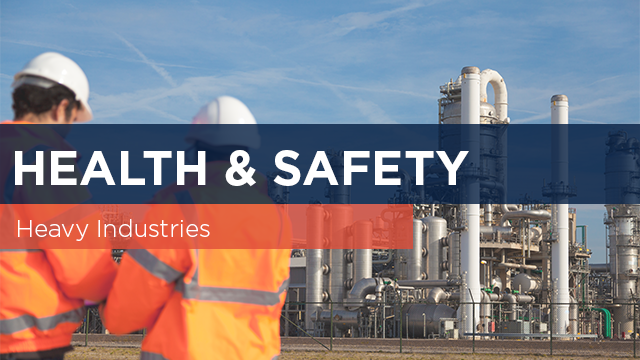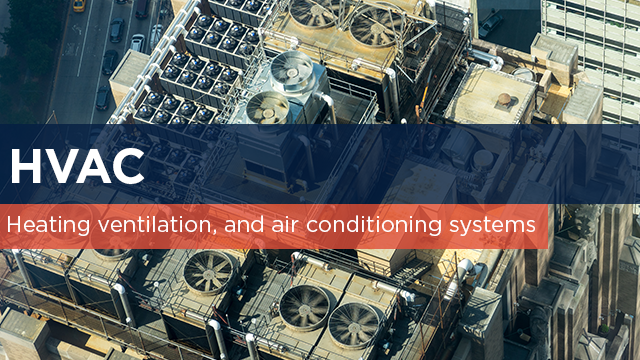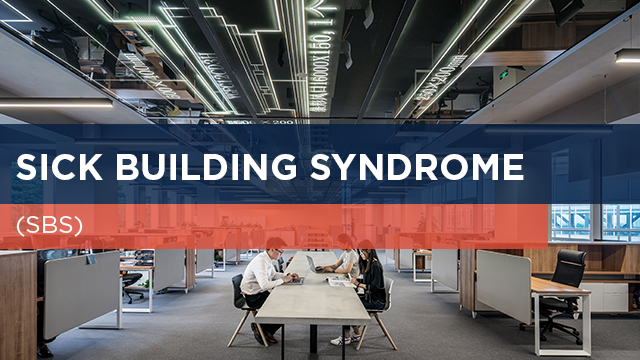Urban Air Quality
Our atmosphere is dynamic. Biological, physical and chemical processes contribute to ‘clean air’, a gas mix which is remarkably well balanced for life and free of toxic gases and particulates.
Oxygen is at as high a concentration as enables aerobic organisms such as us to breath easily, whilst not so high as to cause unquenchable forest fires. Carbon dioxide is plentiful enough for plants to grow, both as a source of carbon and in retaining sufficient but not too much warmth from the sun. Elements essential for life such as sulfur and iodine are transported from land to sea in the form of volatile organic compounds (VOCs).
Many gases, which are toxic or harmful to life are removed by chemical and physical adsorption on solid particles (particulates) which ultimately fall out of the air under gravity as dust or rain. What is more, through a series of chemical reactions, including reactions with sunlight (photochemical reactions), the atmosphere is kept almost completely free of specific VOCs released by plants, it would seem to their own and wider advantage. For example, it has been recently established that on being bruised, leaves release VOC messengers (pheromones) that attract predators of leaf eating insects! Read more!
ION Science supplies 300 Tiger VOC detectors to Germany's federal office of Civil Protection and Disaster Assistance.
Market-leading hand-held PIDs part of vital equipment on board government body’s ‘first responder’ reconnaissance vehicles.
Ion Science has recently supplied 300 Tiger hand-held volatile organic compound (VOC) detectors to Germany’s Federal Office of Civil Protection and Disaster Assistance (BBK) where they are part of the vital chemical measurement system on board ‘first responder’ reconnaissance vehicles.
VOCs in HAZMAT and the power of PID detection
An emergency response organisation will greatly increase its effectiveness and the level of protection it offers its employees (Responders) by deploying a photoionisation detector (PID).
Incidents Involving VOCs
Many Hazardous Materials incidents involve volatile organic compounds (VOCs), a vast chemical family that is primarily made up of hydrocarbons such as gasoline, alcohols, methane and acetone as well as the BTEX family which include benzene, toluene, ethylbenzene and xylene. Typically, VOCs have a high vapour pressure at ambient temperatures, meaning the liquid gives off vapour that can be readily detected.
Hazardous Materials Spill Response Procedures
Hazardous Material spills including biological, chemical and radiological materials pose a serious risk if not promptly and properly responded to by the individuals who initially identify the spill and the appropriate emergency response team.
PIDs - A versatile device for emergency services in response to a HAZMAT incident
The versatile nature of a PID instrument makes it an indispensable device for the emergency services in response to a HAZMAT incident.
Suitability of Photoionisation Detectors (PIDs) for HAZMAT response
The ability of a photoionisation detector (PID) to measure low levels of volatile organic compounds (VOCs) makes them a vital tool in the decision making process following a hazardous materials (HAZMAT) incident.
Environmental & Economic
Volatile organic compounds (VOCs) are a fundamental parameter in assessing air quality.
The European Environment Agency (EEA) reported in 2018 that air pollution was the cause of almost 50,000 premature deaths in Europe per year. This finding pre-empted the head of the EEA agency stating "Air pollution is an invisible killer and we need to step up our efforts to address the causes”.
Clearly preventing premature deaths is a priority and reducing air pollution could save millions of lives. Heavy industries are a major source of VOCs and recent modification to EPA rules call for the tighter enforcement of fence line monitoring to reduce environmental emissions.
Health and Safety in Heavy Industries
Many vapours and gases found in heavy industries pose an explosion risk.
For any gas to combust it must reach its lower explosive limit (LELs). Lower explosive limits have been well established for 100s of chemicals and generally vapours from VOCs have relatively low explosion limits. For example, methane and hydrogen have LELs of 50,000 ppm and 40,000 ppm respectively whereas benzene has an LEL of only 13,000 ppm.
At high concentrations VOC are also an asphyxiation risk. Like CO2, a gas all too frequently responsible for serious effects on human health, VOC are much denser than air. Therefore, where confined spaces exist it is possible for VOCs to displace oxygen and create dangerous environments.
Heating,ventilation and air conditioning (HVAC)
Inadequate indoor ventilation is now being combatted by intelligent heating ventilation, and air conditioning systems (HVAC).
HVAC systems are now being developed and integrated in a standard way to establish a balance between adequate ventilation to prevent sickness, and also energy efficiency.
Building management systems are one solution to address the balance, whereby widely distributed sensors that, for example, monitor temperature, humidity and VOCs can be used to optimise HVAC performance but minimise energy use.
Sick Building Syndrome (SBS)
Poor air quality and ventilation are key contributing factors to Sick building syndrome (SBS), an illness diagnosed by a collection of acute symptoms whilst in a particular environment.
Possible SBS symptoms according to the NHS include:
- headaches
- blocked or runny nose
- dry itchy skin
- dry and sore eyes
- rashes
- tiredness and difficulty concentrating

